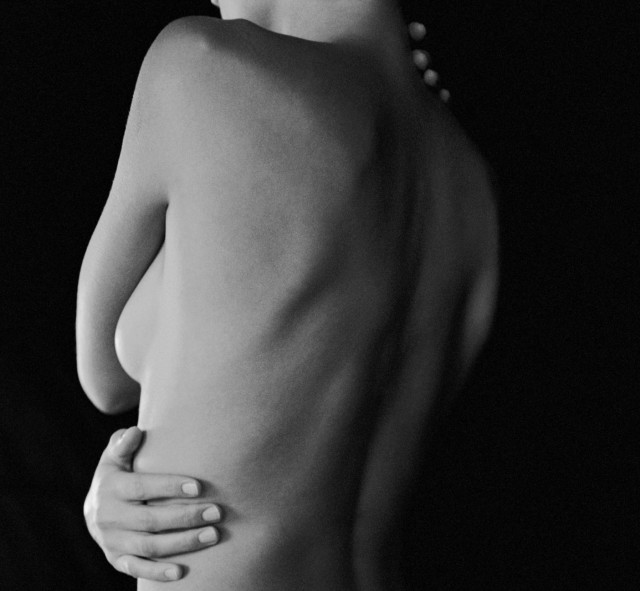Women who had a single mastectomy fared worse, with a 79.9 percent survival rate, enough to be statistically significant.
"We think that poorer survival in this group may be due to other factors that we weren't able to account for," says Scarlett Lin Gomez, a research scientist at the Cancer Prevention Institute of California and the senior author of the study.
The women who had single mastectomies tended to be minority, especially Filipina or Hispanic, to be lower income and to be uninsured.
One factor affecting these women could be lack of access to medical care, Gomez says. For instance, a woman who has breast-conserving surgery typically has radiation treatment every day for six weeks to kill remaining cancer cells. Lower-income women may have a hard time doing that, Gomez says. "The only option available to them may be unilateral mastectomy."
And if women having single mastectomies tended to be poorer and minority, women who chose bilateral mastectomies tended to be younger, white and better off.
Overall, the double mastectomy rate had increased from 2 percent to 12 percent between 1998 and 2011. But for women under 40, the double mastectomy rate had increased to 33 percent, even though most of them had stage zero or stage one cancer, a very early, very treatable form.
Those women also were more likely to be treated at an academic medical center, which, along with their youth and low-risk cancer, should make it more likely that they would survive. So why are they not doing any better than women who have lumpectomies and radiation?
"I don't think we know," Gomez told NPR. "This is complete conjecture at this point. A bilateral mastectomy is major surgery, and just like any major surgery there are complications, side effects. So any advantage that comes from lowering your risk of cancer in the [healthy] breast could be offset by the fact that you're having major surgery."
Doing a randomized trial that directly compares the various treatments could help figure that out, but Gomez and others say it would be pretty much impossible to recruit lots of women in a trial that wouldn't give them a choice of treatments.
"Given the vast size of our data set, I think these findings may be as good as it's going to get in terms of giving us clues," Gomez says.
Doctors have been increasingly concerned that women are choosing bilateral mastectomy in the mistaken belief that it eliminates their future risk of cancer.
Double mastectomies made headlines in 2013, when actress Angelina Jolie had a prophylactic double mastectomy after being diagnosed with a BRCA gene mutation that vastly increases cancer risk. (Her case was different from this study which exclusively focused on women with breast cancer. Jolie did not have breast cancer, but was at extremely high risk of the disease.)
Yet only 5 percent of cancers are caused by BRCA mutations. Most of the women who are choosing double mastectomies haven't been diagnosed with a BRCA mutation.
"Bilateral mastectomy surgery maximally reduces the risk of a breast cancer patient developing a completely new breast cancer, but it does not affect the potentially life-threatening risk of the known first cancer damaging other organs in the body through metatastic spread," Dr. Lisa Newman, director of the University of Michigan Breast Care Center, told NPR via email. She wrote an editorial in Tuesday's JAMA on the issue.
And since tiny bits of breast tissue can remain in the chest after surgery, a woman who has had a double mastectomy can still get breast cancer again.
Still, both Gomez and Stanford's Kurian stressed that the study should not be seen as a treatment recommendation.
Gomez hopes that these new numbers will shift the focus to better understanding women's decision-making process, and to educating physicians on better communications.
Doctors can't presume to dictate which choice will give a woman the best quality of life, Newman says. But doctors do have to counsel patients to have realistic expectations about their treatment choices.
"We are trying to understand he factors that might be motivating this trend, since there is no definitive survival advantage that has been demonstrated," Newman adds.
